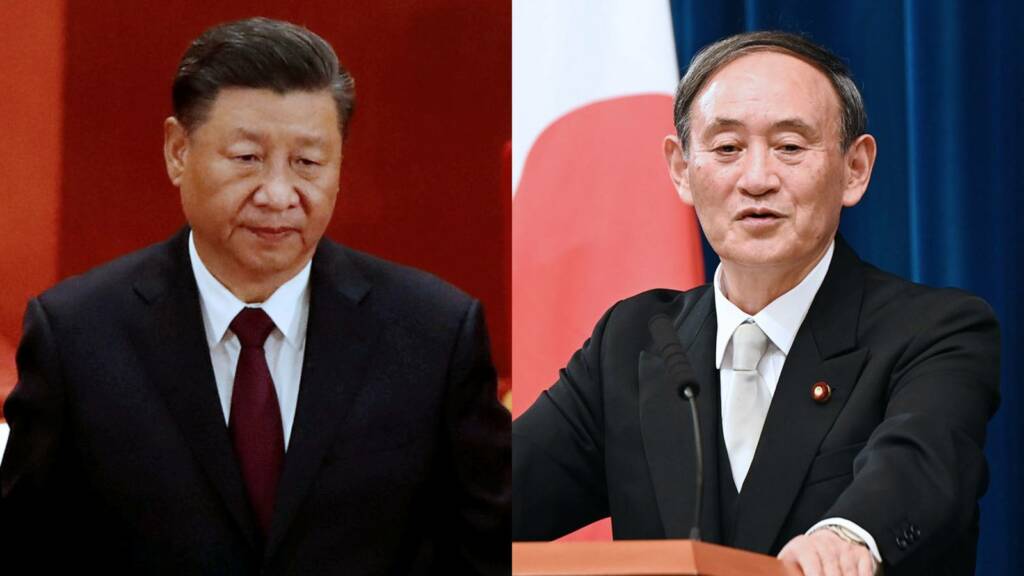Amid suspicions that the telecommunications equipment from Huawei Technologies could support the Chinese spy back door helped breathe new life into a long thought dying Japanese technology ecosystem, Japanese telecommunications have been stuck in the doldrums for the last three decades.
Since the 1990s with major European giants entering the fray, it ate into the market share of the Japanese telecoms. The market share declined further as Huawei aggressively, backed by the Chinese state, started gaining ground in the South East Asia market. But the things for Huawei have changed manifold as it is being banned by numerous countries around the globe on suspicions of spying on CCP’s behalf. This has presented the Japanese companies with fresh impetus to recapture territories on their old stomping ground.
However, Japanese companies have returned to the world telecom market after three decades of limbo. Again, Southeast Asia is used as a springboard for further expansion.
A project outdoor demonstration for a millimetre-wave radio system using NEC equipment is due to start soon at Bangkok’s NICT Asia Centre, a forum of Japan’s National Institute of Information and Communications Technology. The device is designed to provide wireless communication between mobile phones.
The global bandwidth shortage faced by wireless operators is stimulating experiments for future mobile communications networks with under-used millimetre-wave (mm-wave) frequency.
NEC has already been completed the tests in Japan. Thailand will be the first country to carry out an mm-wave technology trial abroad. It has been chosen due to Japan and Thailand’s long-standing relations, which started when the Telecom Training Centre was established in Bangkok.
NEC hopes to experiment in a hot, damp, South East Asian environment that will affect equipment efficiency, to pave the way for the implementation, as early as next year, of mm-wave wireless technology as the Asia Pacific Standard. This would give NEC an advantage in Thailand and other neighbouring countries.
In the United Kingdom, the decision by the government to bar Huawei from its 5G wireless network represents a hopeful signal to a group of closely-related Japanese producers that once supplied the forerunner to NTT. In November London announced a proposal for withdrawing risky vendors from the 5G network — read Huawei — and given the Japanese electronics manufacturer NEC financial support to help develop 5G networks in Great Britain.
NEC has taken many steps to expand its position in the world telecommunications equipment market. In June the company forged a link between capital and NTT in developing products for global telecommunications networks.
Meanwhile, the US government is working to restrict Huawei’s scope amid claims that it poses a national security threat. Washington claims that Huawei networking technologies could be used by the Chinese government to access classified data worldwide. The United Kingdom, Australia, and France are also concerned by the Chinese interference in Huawei that could present NEC with an opening.
But the fight for 5G supremacy is going to be hard for NEC in the Western market which is dominated by Erricson and Nokia. Thus, NEC’s main fight to capture important markets is likely to begin in emerging economies that lack their telecom equipment makers.
NTT, a former Japanese monopoly on telecoms, was known to produce equipment by manufacturers, including NEC. When procurement in Japan was open to foreign suppliers, this arrangement became obsolete. The old partnership with Japanese producers, however, has taken on a new character.
NEC would find it difficult to win contracts to create complete base stations, but if it retains its hold on niche markets, such as creating a contact between the base stations, the company could become a strong competitive body, says Tetsuya Kawanishi, an instructor of the Waseda University and a specialist in radio and optical technologies who oversees the NEC tests.
Moreover, India and Japan, members of the Quad have joined hands again to effectively counter Chinese influence in the telecommunications and information sector. This joint step will effectively take the relations to another level of cooperation and will efficaciously undercut the Chinese ambitions to dominate the 5G market.
The cooperation will help the two countries to primarily set up the 5G network in India after which it can move forward to deploying the technology in the whole Asiatic region. The move will severely impact Huawei, the Chinese tech-giant, in the region. While Huawei has been kicked out by the United States and a hist of European Nations, India’s cooperation with Japan will further ensure a closed market in the 5G sector in India and Japan.
The Japanese E-commerce Giant Rakuten will co-operate with Indian telecom giant Jio which will ensure extensive cooperation beyond 5G. While Rakuten will provide a cloud-based mobile network that will reduce installation and operation, Jio will help deliver the base of support for the implementation of 5G in the Indian market. Together the companies will provide one of the biggest 5G networks independent of Chinese technology.
The rivalry between the US and China is fragmenting the global telecommunications equipment market, which was relatively smooth through deregulation and innovation. Against this changing context, Japan’s telecommunications industry is pursuing a world revival. Thus, it’s a possibility that Japanese businesses won’t let go.
